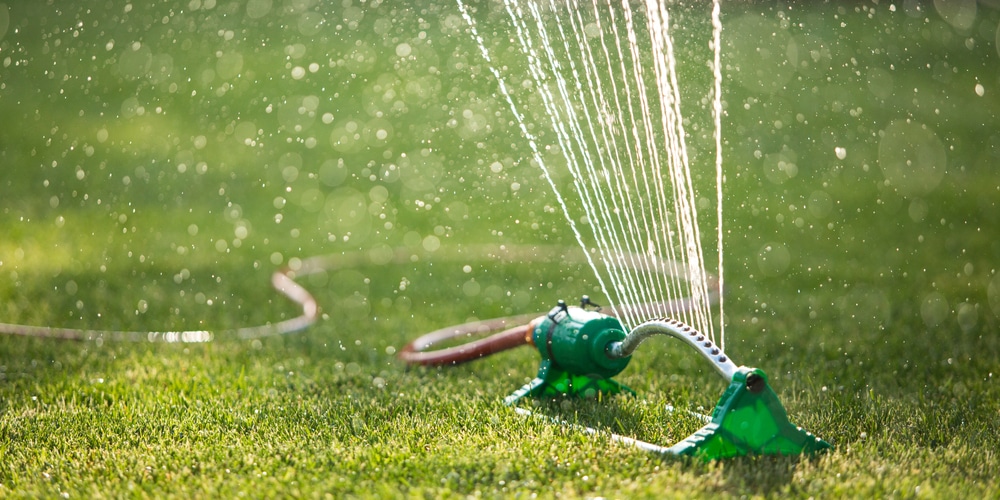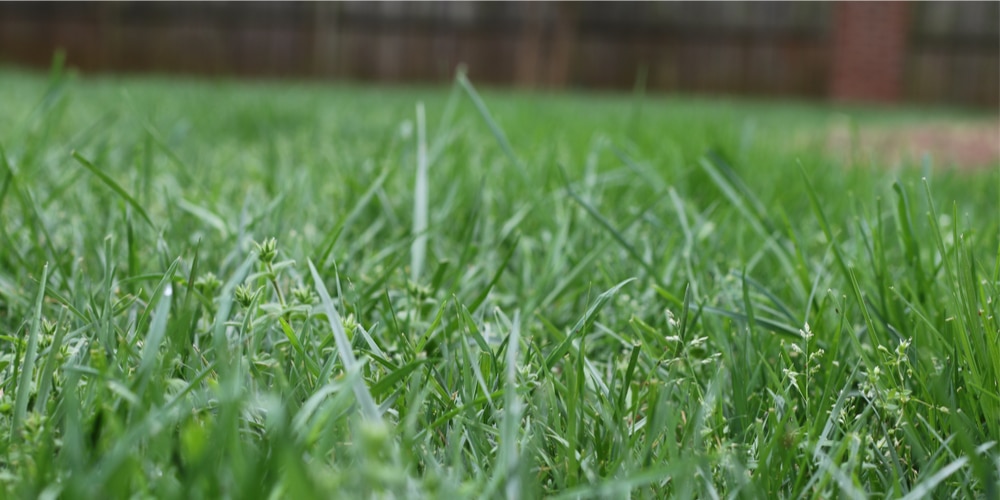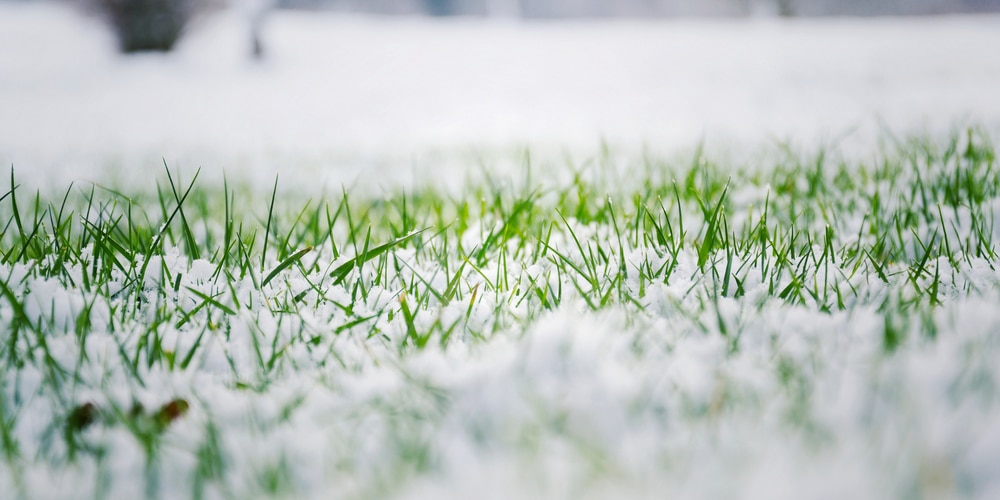What temperature is too cold for watering grass? Let’s review the answer based on climate type, and what type of grass is in your lawn.
The cold weather has arrived, and lawns require winter maintenance. If you’ve been watering your lawn regularly throughout the spring and summer growing season, you may be wondering when to stop watering your lawn and what temperature is too cold for watering grass. The answer to these questions will depend on the climate you live in and the type of grass you’re growing.
You should not water your lawn if the temperature is below 50 degrees Fahrenheit or if frost is forecast.
When to stop watering your lawn
If you have a warm-season grass such as St. Augustine, you can water your lawn at least once a week throughout the spring and summer growing season. St.Augustine becomes dormant when air temperatures drop below 50 degrees
Fahrenheit, so you can stop watering your lawn in the fall once it goes dormant. After that, you can pretty much ignore it over the winter. The grass does require some water but will generally receive enough rainfall to keep going.
Bermuda, zoysia, and centipede grass are examples of warm-season grass that prefer warmer climates and go dormant in cold weather. These grasses can survive winter temperatures without any supplemental water during their dormancy phase, but occasional watering will promote root growth and improve the health of the grass during the winter months.
It’s recommended that you only water warm-season grass in the winter if it hasn’t rained in several days and they begin to look parched. If you live in a very cold climate, there really isn’t any need to water your lawn at all when it is dormant until spring, when warmer temperatures return.
You can also stop fertilizing your grass in the winter months of dormancy. Fertilizing your lawn in the fall is beneficial as it helps improve the grasses’ health and will make it more likely to survive the cold winter months.
Does cool-season grass need to be watered in winter?
If you have cool-season grass such as fescue or bluegrass, it is important to stop watering your lawn once the temperatures drop below 50 degrees. If cool-season grasses are watered in winter, they can develop root rot and other fungal diseases.
Grass generally doesn’t need to be watered in the winter months as there will likely be enough rainfall to keep the soil moist. If you live in a drier climate, you may need to provide additional irrigation to your lawn in winter.
If you’re unsure whether or not to water your lawn, it is best to check the soil with a trowel or screwdriver. When the top 2-3 inches are moist, you probably don’t need to water your lawn because cool-season grasses can go for weeks without watering in winter.
If the top 2 to 3 inches of soil are dry, you can water your lawn as long as the temperature isn’t below 50 degrees Fahrenheit. Never water your lawn in cold weather as excess water won’t evaporate, and this could lead to diseases such as root rot which kills grasses.
Grass that goes dormant over the winter will not usually die if it’s healthy. Most weeds don’t die in the winter either.
What temperature is too cold for watering grass?
You should not water your lawn if the temperature is below 50 degrees Fahrenheit or if frost is forecast. If you water your lawn when it’s cold, the water will just sit on top of the grass and not be absorbed into the soil. Since warm-season grasses go dormant in winter, they do not need any additional watering during this time of year.
If you have warm-season grass, freeze and thaw cycles can damage the roots, leading to diseases such as root rot or dead and damaged grass, which can lead to a patchy-looking lawn. It’s best to stop watering your lawn for winter once it becomes dormant in fall.
In addition, freezing temperatures may cause water from sprinklers or hoses to accumulate on the surface of turfgrass. If this occurs and then the temperature drops below 32° F, there is a good chance that serious ice damage can occur, especially if wind speeds are high and/or sun penetration is low.
Conclusion
Grasses differ in their watering needs depending on the season and variety of grass. Generally, once it has turned cold and temperatures are below 50F, don’t water your lawn until late spring when warm-season grasses have greened up again. If you need additional advice specific to your region, consult a local landscaper for more information.


